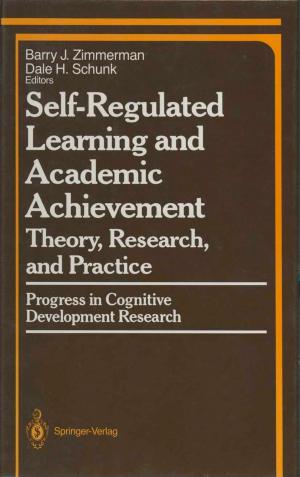An Introduction to Environmental Biophysics
Nonfiction, Science & Nature, Science, Biological Sciences, Biophysics, Ecology| Author: | Gaylon S. Campbell | ISBN: | 9781468499179 |
| Publisher: | Springer New York | Publication: | December 6, 2012 |
| Imprint: | Springer | Language: | English |
| Author: | Gaylon S. Campbell |
| ISBN: | 9781468499179 |
| Publisher: | Springer New York |
| Publication: | December 6, 2012 |
| Imprint: | Springer |
| Language: | English |
The study of environmental biophysics probably began earlier in man's history than that of any other science. The study of organism-environment interaction provided a key to survival and progress. Systematic study of the science and recording of experimental results goes back many hundreds of years. Ben jamin Franklin, the early American statesman, inventor, printer, and scientist studied conduction, evaporation, and radiation. One of his observations is as follows: My desk on which I now write, and the lock of my desk, are both exposed to the same temperature of the air, and have therefore the same degree of heat or cold; yet if I lay my hand successively on the wood and on the metal, the latter feels much the coldest, not that it is really so, but being a better conductor, it more readily than the wood takes away and draws into itself the fire that was in my skin. 1 Franklin probably was not the first to discover this principle, and certainly was not the last. Modem researchers rediscover this principle frequently in their own work. It is sometimes surprising how slowly progress is made. Progress in environmental biophysics, since the observa tions of Franklin and others, has been mainly in two areas: use of mathematical models to quantify rates of heat and mass transfer and use of the continuity equation that has led to energy budget analyses.
The study of environmental biophysics probably began earlier in man's history than that of any other science. The study of organism-environment interaction provided a key to survival and progress. Systematic study of the science and recording of experimental results goes back many hundreds of years. Ben jamin Franklin, the early American statesman, inventor, printer, and scientist studied conduction, evaporation, and radiation. One of his observations is as follows: My desk on which I now write, and the lock of my desk, are both exposed to the same temperature of the air, and have therefore the same degree of heat or cold; yet if I lay my hand successively on the wood and on the metal, the latter feels much the coldest, not that it is really so, but being a better conductor, it more readily than the wood takes away and draws into itself the fire that was in my skin. 1 Franklin probably was not the first to discover this principle, and certainly was not the last. Modem researchers rediscover this principle frequently in their own work. It is sometimes surprising how slowly progress is made. Progress in environmental biophysics, since the observa tions of Franklin and others, has been mainly in two areas: use of mathematical models to quantify rates of heat and mass transfer and use of the continuity equation that has led to energy budget analyses.















